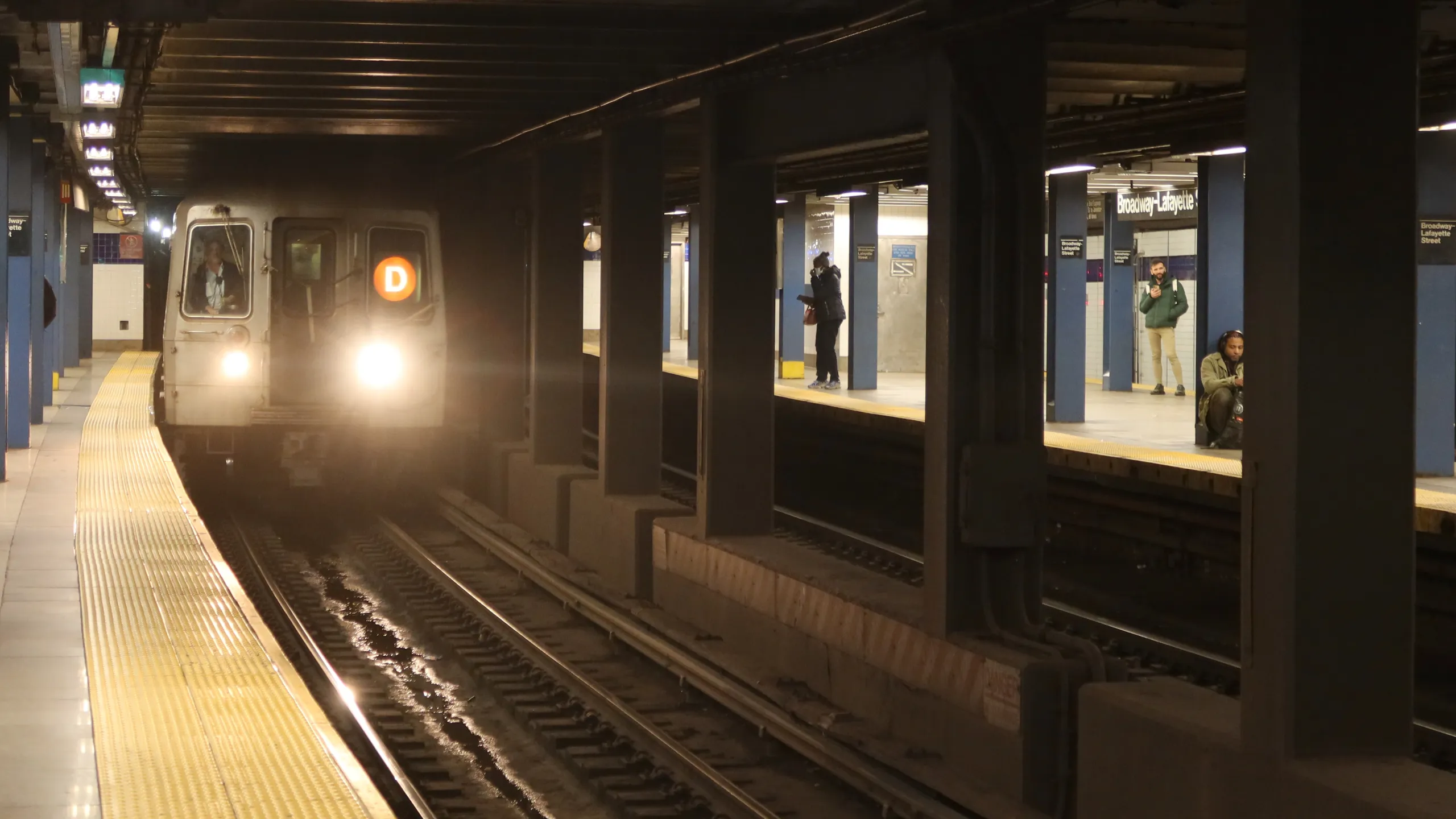
Introduction
The New York City subway system is one of the busiest in the world, and the D train is a key line that serves millions of commuters each day. Whether you’re traveling to work, visiting the city, or relying on the train for everyday errands, unexpected service disruptions can throw off your schedule. So, it’s natural to wonder, what happened on the D train today? From delays to technical issues or even special events, there are many reasons why the D train might not be running as smoothly as expected. In this article, we’ll dive into today’s situation on the D train and explore how incidents like these affect commuters.
Service Delays and Interruptions
Causes of Delays on the D Train
One of the most common issues affecting subway lines like the D train is service delays. These delays can happen for a variety of reasons. Technical malfunctions, such as signal problems or track maintenance, often lead to significant slowdowns. For instance, if there was a mechanical failure on one of the cars today, the D train schedule may have been disrupted for hours. Additionally, weather conditions like heavy rain or snow can also cause delays, especially when tracks become hazardous.
Delays can be frustrating for commuters who rely on the subway to get to their destinations on time. When disruptions happen, it’s important to stay informed through official MTA announcements or service alerts, which offer real-time updates on the status of the trains.
Passenger Incidents
Another factor that often impacts subway lines, including the D train, is passenger-related incidents. These can range from medical emergencies to altercations on board or even someone blocking the train doors. If a passenger incident occurred today, the D train may have experienced sudden stops or longer wait times as MTA staff handled the situation. These events can cause trains to remain at a standstill until the issue is resolved, leading to a ripple effect on the line’s schedule.
How Commuters Were Affected
Longer Wait Times
For commuters wondering what happened on the D train today, one of the immediate effects is often longer wait times at the station. Whether it’s a technical problem or an incident further down the line, delays can cause frustration as passengers wait for updates. If there was a significant delay today, many passengers might have been left standing on crowded platforms, trying to find alternate routes or simply waiting for the next available train.
Changes to Train Routes
In some cases, when a disruption occurs on the D train, the MTA may reroute trains or cancel certain stops altogether. This means that commuters might have been directed to switch to other subway lines or buses today if the D train was partially out of service. Reroutes can complicate a typical commute, particularly for those unfamiliar with the subway system or those in a rush.
Keeping Up with D Train Updates
Using Transit Apps
For those impacted by today’s events on the D train, staying informed is key. Transit apps such as MTA’s official app or third-party services like Citymapper and Transit offer real-time updates on train arrivals, delays, and service changes. These apps allow commuters to track disruptions in real time and find alternative routes when necessary.
Following Social Media and MTA Alerts
Social media platforms, particularly Twitter, have become a go-to source for immediate updates on subway delays and incidents. The MTA regularly posts updates about delays and reroutes on their official accounts, making it easier for passengers to stay in the loop. If you’re still wondering what happened on the D train today, checking these platforms can provide insight and solutions during your commute.
Conclusion
While delays and incidents on the subway are part of city life, knowing what happened on the D train today can help commuters manage their expectations and plan alternative routes. Whether it’s a technical issue, a passenger-related incident, or a weather-related disruption, staying informed is the best way to navigate unexpected changes on the D line. By using transit apps, following official alerts, and staying updated with the MTA, commuters can minimize the frustration that comes with train delays and get back on track with their daily routines.